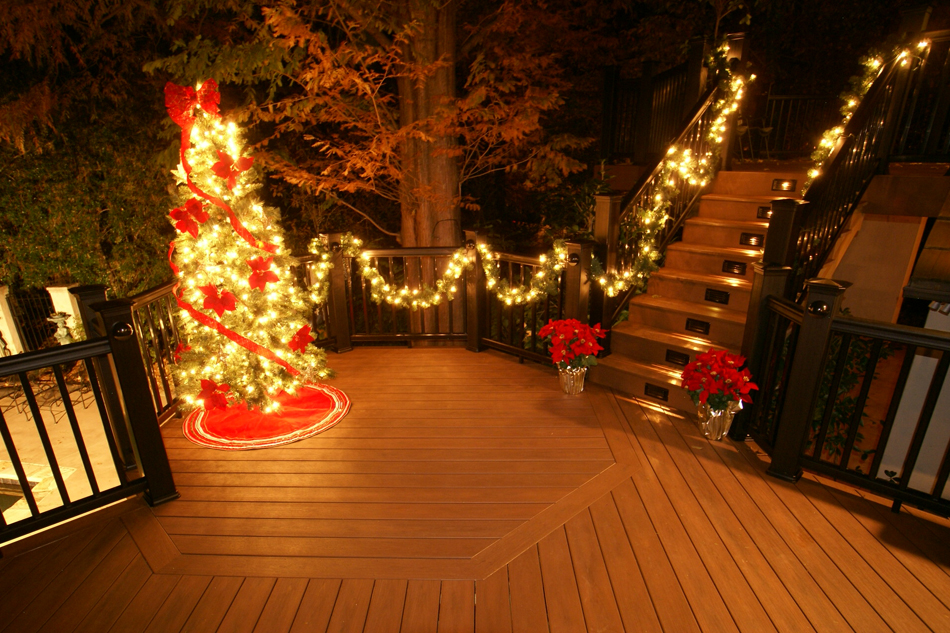End of year thoughts!
Posted by Contact Sales on Dec 20, 2014

Wood decks vs composites.
As recently as 1992, wood made up about 98 percent of the decking market. While its domination has slipped a bit with the development of synthetic and composite alternatives, there's still a huge demand from consumers and pros for tree-based material.
If you're thinking that "wood" means pressure-treated decking for those homeowner-customers who'd rather save a few bucks, you're not entirely correct. Tropical hardwood is the fastest growing segment in the wood category, according to The Freedonia Group. Deck professionals from California to Texas to New York support the numbers:
Over the last six years, alternative decking materials have posted double-digit growth and now account for more than 20 percent of the total decking market. It is forecasted that more than one in five decks [will be] built with composites in 2008.
What is cap stock decking.
Basically, Capstock is a new kind of composite decking material that combines composites (plastic and wood fiber core) with a “durable” exterior layer of vinyl (PVC). Think of it as a composite and PVC deck hybrid.
Re finishing a deck.
Deck Restoration and re-surfacing products have become quite popular today, and for good reason. Over two million new or replacement decks are built every year in the United States, with each one of them requiring regular care and maintenance. But the fact is that many of them are either not maintained as regularly as necessary, or are just plain neglected. Many companies offer products to restore your wood or composite deck boards.
Dry Decking
In 2015 we will see a much larger demand for waterproof decks. What I mean by this is that we will see more and more manufacturers coming out with deck boards or systems that will not allow rain water to run through the deck boards, this way the space under the deck with be fully functional. more to come on this...
Happy Holidays.
